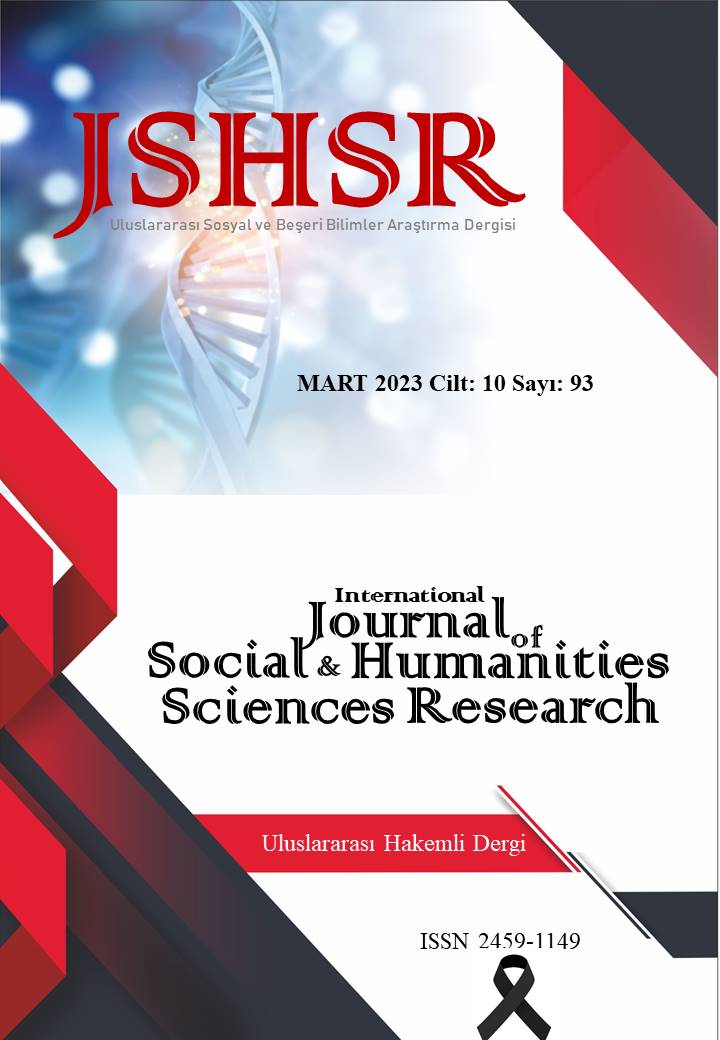CLASSROOM TEACHERS' PROFESSIONAL INNOVATION TENDENCIES
DOI:
https://doi.org/10.26450/jshsr.3586Keywords:
Innovation Level of Teachers, Innovative Teachers, Professional InnovationsAbstract
Developments in science and technology; It has directed the individual to constantly renew himself and to improve himself by following the changes. Education is the most important tool in achieving the goals so that societies can develop socially, culturally and economically. There is a direct relationship between the development levels of societies and their education systems. The teaching profession, which is one of the building blocks of society, has to constantly adapt to these developments and innovations. The teacher should not stand still; should research, read and strive for the development of their students while improving themselves. The tendency of teachers in an innovative structure will cause students to develop a positive attitude depending on this orientation.
The aim of this study is to determine the professional innovativeness tendencies of classroom teachers. For this purpose, the scale consisting of fifty-two multiple-choice items was presented to 250 classroom teachers who were randomly selected to receive their opinions. The 'Professional Innovative Tendency Scale of Classroom Teachers' was used to collect the data for the research. In addition, the professional innovativeness tendencies of classroom teachers; were also examined according to variables such as gender and years of seniority. According to the results of the research, in the three sub-dimensions of the study; It has been determined that teachers are positively inclined to be innovative in learning, innovative in the profession, and resistant to innovation.
Downloads
Published
How to Cite
Issue
Section
License
Copyright (c) 2023 INTERNATIONAL JOURNAL OF SOCIAL HUMANITIES SCIENCES RESEARCH

This work is licensed under a Creative Commons Attribution 4.0 International License.


